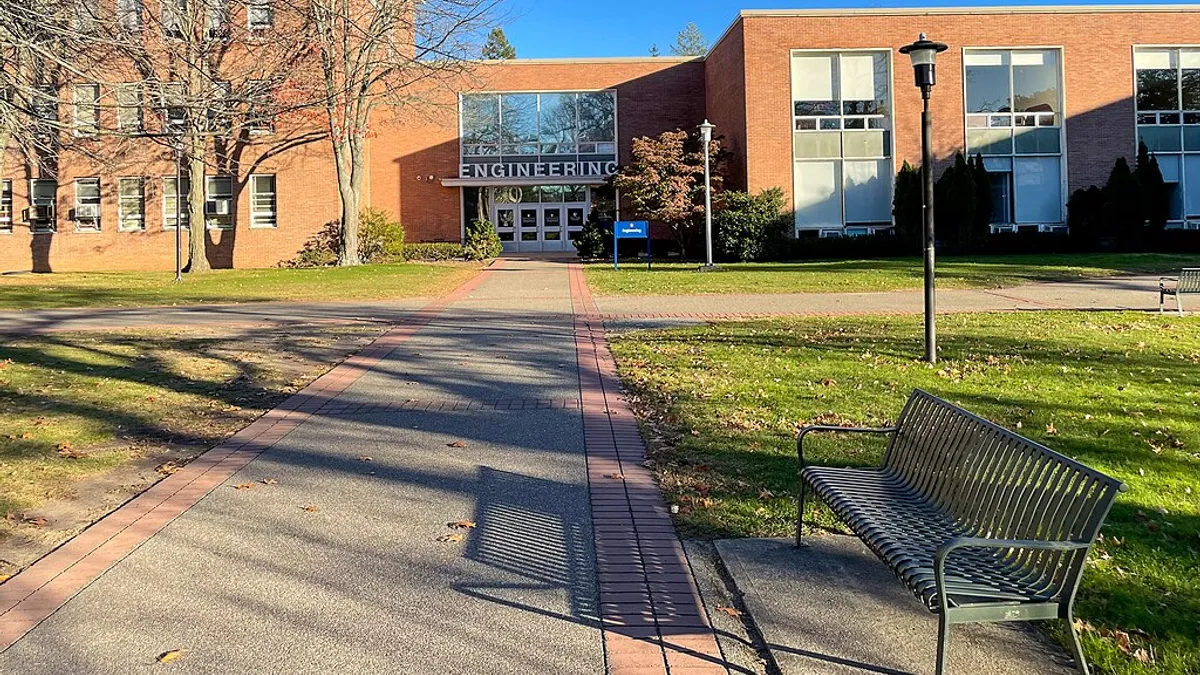Dive Brief
Dive Insight:The attempt to seek successful practices to boost graduation rates is necessary at a time when the six-year graduation rate for first-time, full-time undergraduate students who began seeking a bachelor's degree at a four-year degree-granting institution in fall 2009 was 59%, according to the National Center for Education Statistics. NCES also found that minority students were about 50% likely to graduate with a bachelor’s degree. Coalitions are a great way to help boost collaborative success. For example, the University Innovation Alliance, a coalition of 11 large pubic research universities formed about four years ago to work together on improving graduation rates, also with a focus lower-income and underrepresented students, found its 11 campuses were producing 25% more low-income graduates per year, with a total of 100,000 additional graduates projected by 2025, according to Inside Higher Ed. In addition to providing ways they can learn from each other, coalitions also make it easier to partner together to share resources, data or programming in ways which will tangibly help institutions target efforts and boost success while cutting from the bottom line. Certainly colleges the same region can look for ways to share resources, by growing 2+2 programs or sharing courses and resources centers and making it easier for students to transfer and to graduate in the most efficient and affordable way possible. At the same time, larger public universities need to consider carefully how to use resources to help low-income or minority students succeed while maintaining a focus on attracting research and high-achieving students. In the end, colleges must avoid what could be the easiest way to improve graduation rates — becoming more selective about which students they admit — a process that could leave the very minority and low-income students they hope to help out in the cold. |







